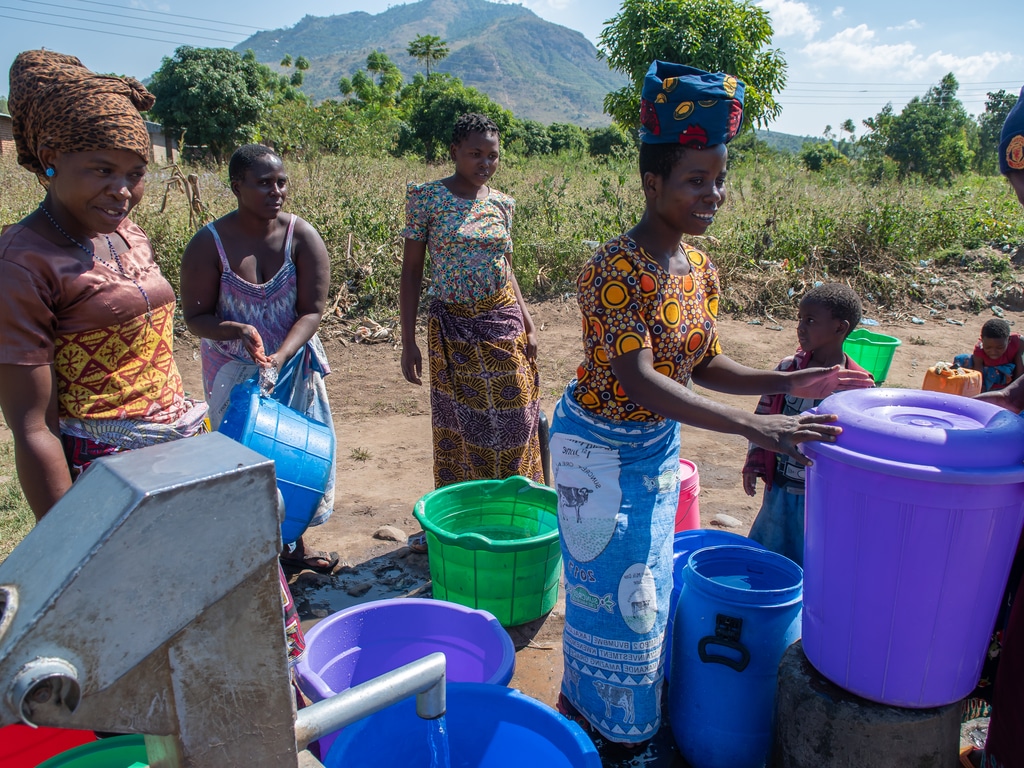Kenya wants to increase its drinking water coverage from 70% in 2021 to 100% by 2030. This was reiterated on 22 March 2022 by the Kenyan government on World Water Day. While officials in the sector are implementing projects to achieve this goal, they are hampered by a lack of funding.
According to Kenya’s Cabinet Secretary for Transport, Infrastructure, Housing and Urban Development, James Macharia, the country actually needs 100 billion Kenyan shillings a year (about $872 million) for a significant improvement in its drinking water needs. Unfortunately, the budget available in 2021 was barely 40 billion Kenyan shillings (about $345 million).
What water reforms?
Kenyan Transport Cabinet Secretary James Macharia says comprehensive investment planning between central and county governments is imperative to ensure cost effectiveness and avoid duplication. Increasing the budget of Kenya’s Ministry of Water, Sanitation and Irrigation by Kshs 60 billion would also help meet the funding quota needed to continue ongoing water projects and initiate new ones in Kenya. Out of at least 685 projects planned before the 2030 UN deadline, only 113 are already completed, the Kenyan authorities said in February 2022.
Read also –
Among the flagship initiatives underway in the East African country are the construction of the Thwake (64%), Karimenu (76%), Galana Kulalu (74%) and Thiba (84%) dams. The Kenyan Ministry of Water is also implementing the Bura (45%), Lower Nzoia (50%), Chemususu (93%) and Northern Collector (99%) irrigation projects. In addition, there is the Dongo Kundu water supply project (phase I), the Mavoko water supply, the Wamba water project, the Mwache, Bute to Wajir, and Kamumu to Embu dams.
Inès Magoum
